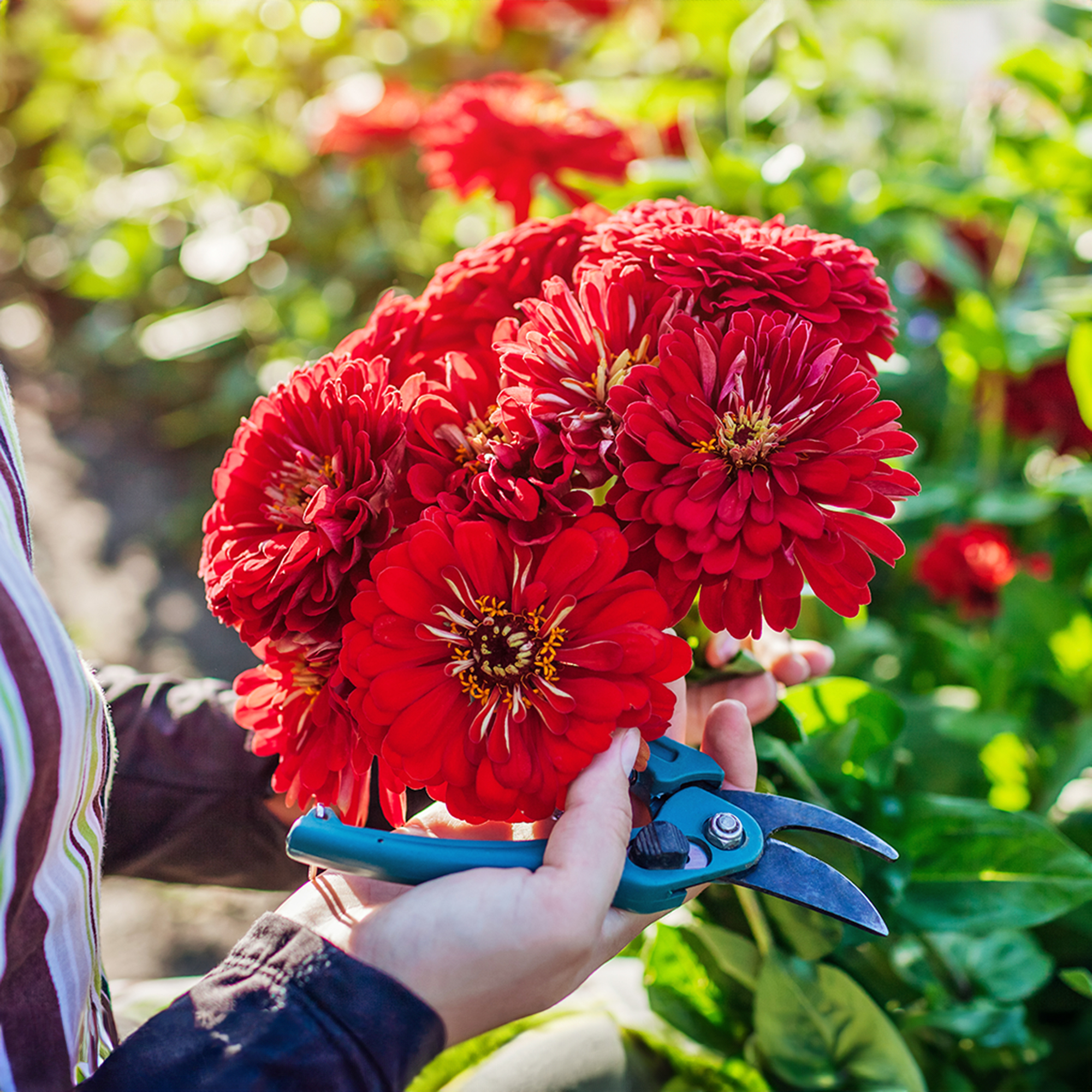Florida 91 Information – Learn About Growing Florida 91 Tomatoes

Do you live somewhere that is hot and difficult for growing delicious tomatoes? If so, you need some Florida 91 information. These tomatoes were designed to grow and thrive in the heat and are a great option for anyone in Florida or other areas where the summer temperatures make fruit set on tomato plants challenging.
What are Florida 91 Tomato Plants?
The Florida 91 was developed to tolerate heat. They are essentially heat resistant tomatoes. They are prized by commercial and home growers alike. In addition to tolerating hot summers, these tomatoes resist many diseases and generally don’t form cracks, even in the hottest, most humid weather. In warm climates, you can grow Florida 91 throughout the summer and into the fall, staggering plants to get a longer harvest. The fruit you get from a Florida 91 plant is round, red, and sweet. They are perfect for slicing and eating fresh. They grow to a size of about 10 ounces (283.5 grams). You can expect to get a good yield from these plants as long as they are given the right conditions to grow in.
Growing Florida 91 Tomatoes
Florida 91 tomato care is not much different from what other tomatoes need. They require full sun and well-drained soil that is rich or that has been amended with compost or organic matter. Space your plants 18 to 36 inches (0.5 to 1 m.) apart to give them room to grow and for healthy air flow. Water your plants regularly and consider using mulch to help with water retention. These plants resist a number of diseases, including fusarium wilt, verticillium wilt, gray leaf spot, and alternaria stem canker, but look out for pests that may infest and feed on tomato plants. Harvest the tomatoes when they are ripe but still feel firm. Enjoy eating these fresh, but you can also can the extras.
Gardening tips, videos, info and more delivered right to your inbox!
Sign up for the Gardening Know How newsletter today and receive a free copy of our e-book "How to Grow Delicious Tomatoes".

Mary Ellen Ellis has been gardening for over 20 years. With degrees in Chemistry and Biology, Mary Ellen's specialties are flowers, native plants, and herbs.
-
 Zinnias On Repeat: 10 Glorious Cut-And-Come-Again Varieties For Endless Summer Bouquets
Zinnias On Repeat: 10 Glorious Cut-And-Come-Again Varieties For Endless Summer BouquetsThese zinnia varieties keep giving all summer, making them the perfect choice for dedicated cutting gardens – or just the occasional homegrown bouquet.
By Ellen Wells
-
 Create A Romantic Garden Straight Out Of Bridgerton: Regency Era Romance In Your Garden
Create A Romantic Garden Straight Out Of Bridgerton: Regency Era Romance In Your GardenTry some romantic garden ideas straight out of Bridgerton. Flowers and gardens in the Regency era were lush and charming and you can get the same look!
By Bonnie L. Grant